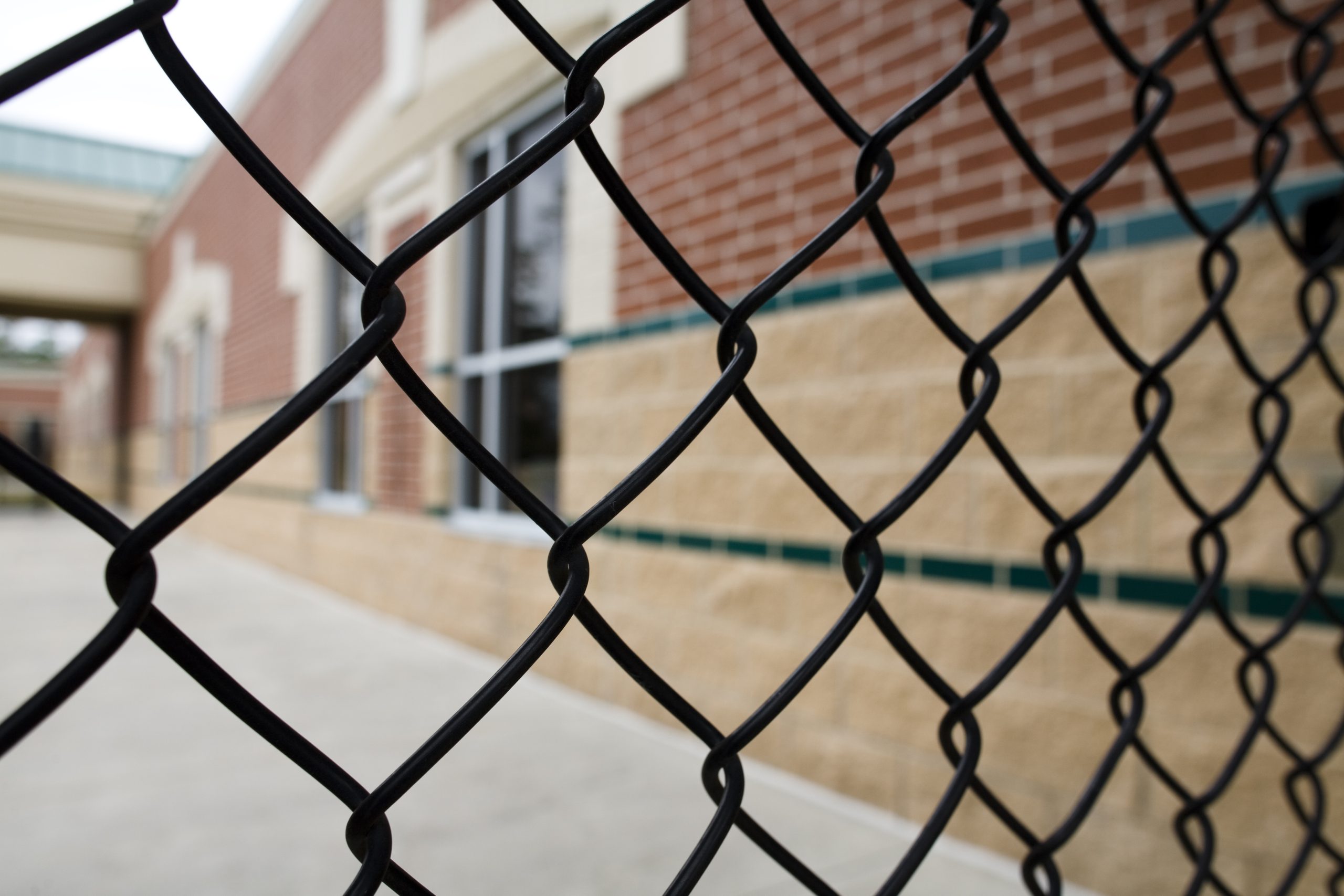One in six teachers nationwide works in a district impacted by gun violence since the 2019–20 school year, according to a Rand Corp. report released Sept. 18. Additionally, teachers were more concerned about being victims of gun violence in the 2023–24 school year than in the year prior.
In theory, practice drills that simulate lockdown situations in an attempt to increase staff and students’ preparedness to respond to actual emergencies would be a helpful way to support the school community and alleviate some of their anxiety.
However, according to a survey of 1,020 randomly selected K-12 teachers, these drills do not improve perceptions of preparedness or safety as much as intended. Most teachers (69 percent) said participating in active shooter drills has no impact on their perceptions of safety at school, and only about 20 percent said that drills make them feel safer.
Meanwhile, slightly less than half said that drills make them feel more prepared, and half perceived drills as having no impact on preparedness. A slight majority of teachers (54 percent) reported that drills make students feel more prepared to respond to such incidents.
“Although the resolution of a gun-related incident in a school without any shots fired is certainly a positive outcome, it is also important to recognize that protocols implemented in response to such threats — such as lockdown procedures — might have their own unintended consequences,” the report states. “That is, while protocols and their associated actions are intended to keep school communities safe in the event of an emergency, the actual implementation of these procedures in real-world situations can also potentially cause significant stress and trauma for students and staff alike.”
The vast majority of teachers surveyed (90 percent) took part in active shooter drills during the 2022–23 school year — 28 percent reported taking part in one drill, while 62 percent took part in more than one drill.
Past research has linked active shooter drills to increased depression, stress, anxiety and physiological health problems among students — particularly when they incorporate realistic sensory elements intended to mimic an actual violent incident. Just 6 percent of teachers said their drills included sounds of real gunfire, 5 percent said drills included the police or security officers firing blanks inside the school, 4 percent said drills included prop or toy firearms, and 1 percent said drills included fake blood.
Most teachers (55 percent) said their drills had no realistic elements (including police presence). Rand researchers noted that these patterns suggest that most schools are implementing drills according to guidelines issued by the National Association of School Psychologists and the National Association of School Resource Officers, which recommend “avoiding highly sensorial drills that involve simulation activities to mimic a real experience as they can be traumatizing.”
Because active shooter drills can be stressful and fear-inducing for students, the survey also asked teachers whether their schools have adult drill monitors who are trained to remove students or others exhibiting signs of trauma. Only 16 percent reported this to be the case. Alarmingly, “schools where drills integrate realistic elements were no more likely than their counterparts in schools conducting drills without realistic elements to report having adults monitoring students for signs of trauma in real time,” researchers found.
“Schools do not typically announce when an active shooter drill will occur to students and parents, and many schools are not providing supports to help students and staff manage any stress or anxiety that such drills might cause,” according to the report. “Variability in the elements and response actions involved in drills highlights the need for more standardized implementation.”
Additional findings
- Relative to the previous school year, teachers reported more concern in 2023–24 about being victims of an attack at their schools and were even more concerned for their students.
- In the 2023–24 school year, a greater share of female teachers than male teachers (27 percent and 14 percent, respectively) reported fear of being harmed or attacked at school. In the previous year, female teachers were no more likely than male teachers to report such fears.
- As of November 2022, according to a federal survey of school principals, almost all K–12 public schools (96 percent) had a written plan describing procedures to be performed in the event of an active shooter.
CSBA’s Safe Schools Toolkit includes new and updated school safety terminology, information about the most current threats to safety, and up-to-date resources for local educational agencies to use when implementing school safety policies and procedures. It also includes strategies to help governing boards make informed decisions when approving budgets, policies and administrative regulations on school safety.





